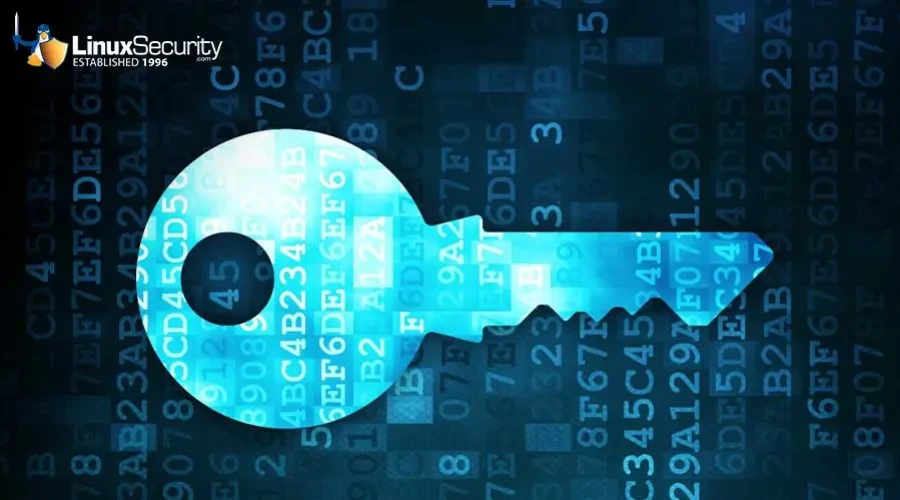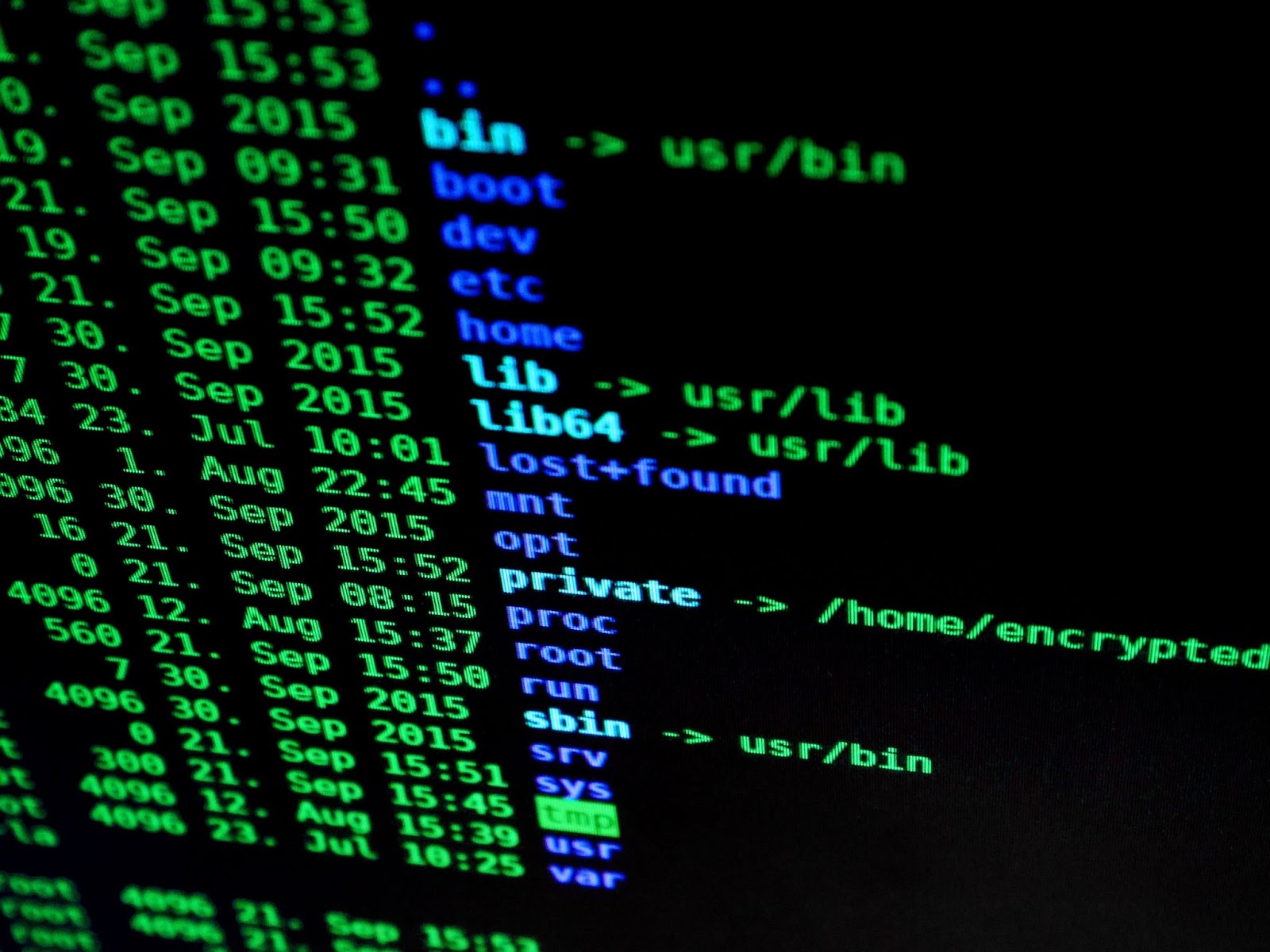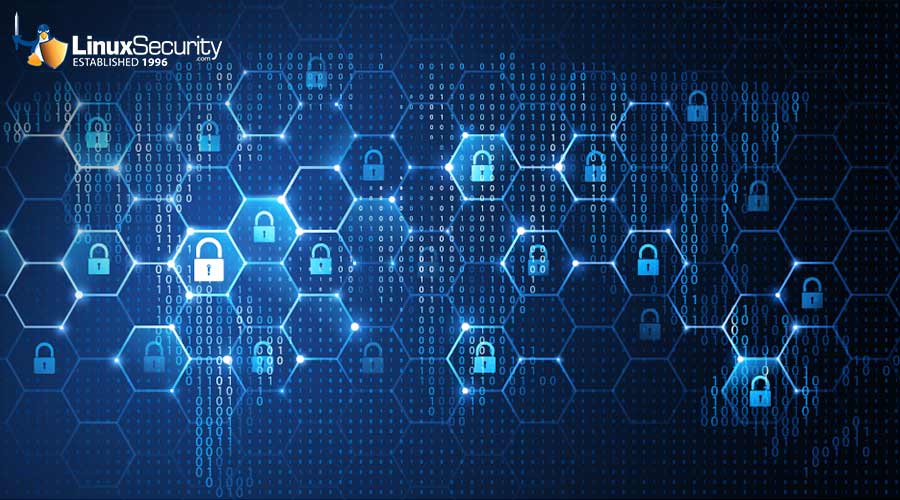The Rise of Linux Ransomware Targeting IoT Devices: Implications & Considerations

Ransomware targeting Linux systems is a growing threat, particularly in IoT ecosystems. Cybersecurity analysts are presenting live forensic techniques to detect ransomware infections on Linux machines. Let's examine Linux ransomware's unique challenges and its potential impact on the IoT industry.
Linux Ransomware Targeting IoT Systems: Security Implications & Considerations for Admins
 Linux ransomware is now targeting IoT systems that were previously considered more secure from this threat. This highlights the evolving nature of cyber threats and the need for security practitioners to adapt their defenses accordingly. It raises questions about the vulnerabilities introduced by interconnected devices and the potential consequences of IoT ransomware attacks.
Linux ransomware is now targeting IoT systems that were previously considered more secure from this threat. This highlights the evolving nature of cyber threats and the need for security practitioners to adapt their defenses accordingly. It raises questions about the vulnerabilities introduced by interconnected devices and the potential consequences of IoT ransomware attacks.
This trend underscores the importance of proactive security measures in protecting IoT environments from ransomware. It also highlights the role of risk management in securing Linux systems and enabling risk evaluation and mitigation in the face of a growing threat. This prompts admins to consider the significance of implementing recommendations such as separating and restricting permissions, avoiding privileged users, and identifying backdoors. With the growing prevalence of Linux ransomware, it has become increasingly critical for Linux admins and infosec professionals to stay updated on cybersecurity news and information to manage and mitigate emerging threats effectively.
It is worth noting that encryption techniques used by ransomware attackers, such as RC4, ChaCha20, and AES, pose challenges to live forensics on Linux platforms. This highlights the technical complexities involved in detecting and mitigating Linux ransomware infections.
Our Final Thoughts on the Increase in Ransomware Attacks Targeting Linux IoT Devices
The increasing threat of ransomware targeting Linux systems, particularly in IoT ecosystems, must not be overlooked. Live forensic techniques can assist in detecting ransomware infections on Linux machines but have limitations, as stated above. The implications of Linux ransomware for security practitioners are significant, prompting them to adopt proactive security measures and stay informed about evolving threats. We encourage admins and infosec professionals to prioritize the security of Linux systems in the face of an evolving threat landscape.























